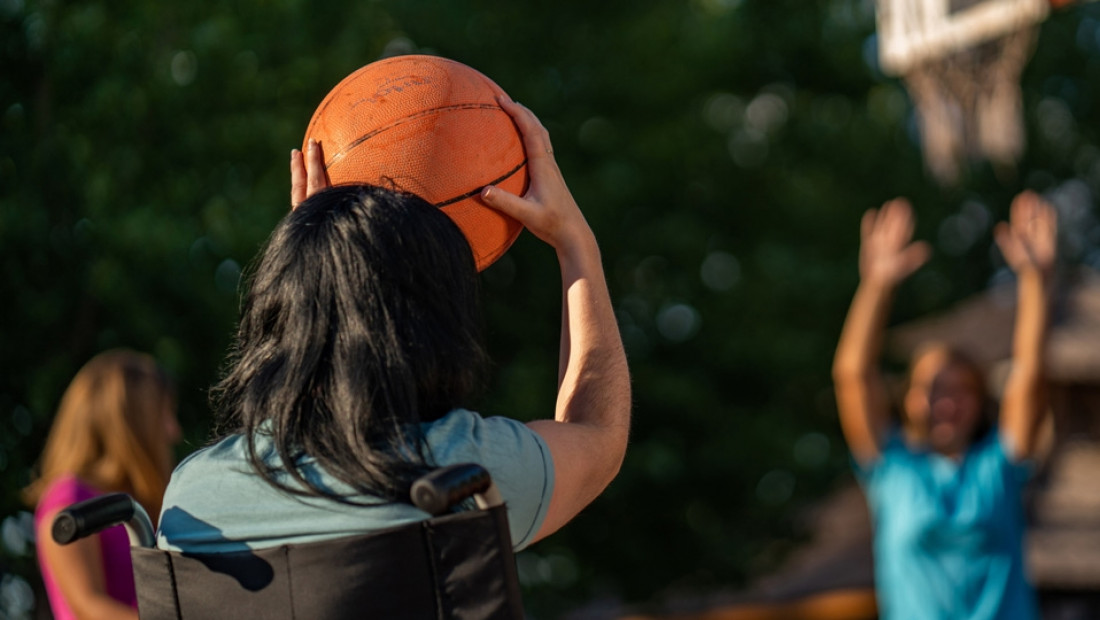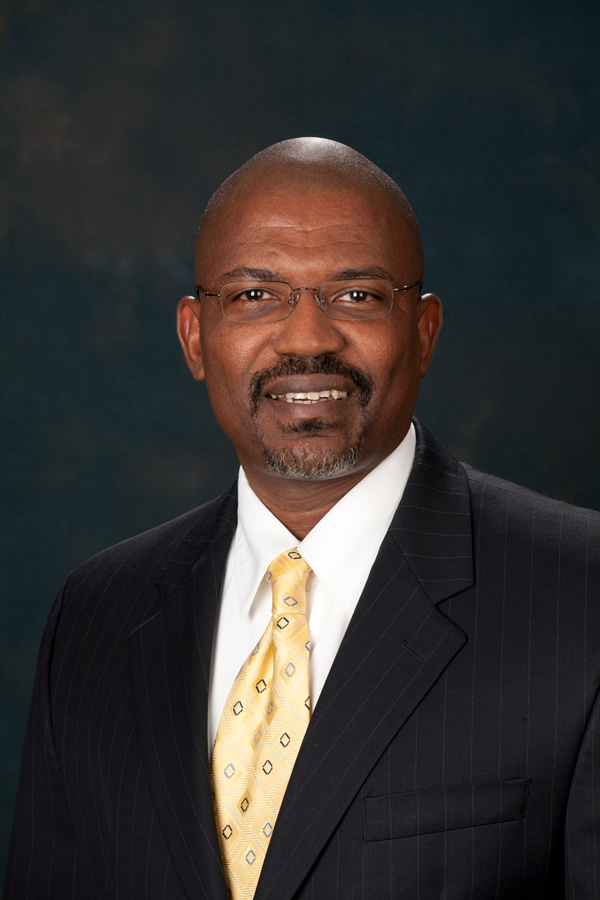
Ohio State part of grant that will mentor educators, better equip PE teachers
Seven million children in the United States — about 14 percent of those ages 3 to 21 — receive special education.
Some use wheelchairs, have autism or visual impairments. All are guaranteed a free, appropriate public education — just like that of other children — thanks to the Individuals with Disabilities Education Act.
Under the seminal 1975 Act, children regardless of disability type or severity can be included in general education classrooms, learning beside peers without disabilities.
But when it comes to their physical education, those children’s teachers can feel ill-equipped to instruct them.

Samuel R. Hodge, professor of kinesiology at Ohio State’s College of Education and Human Ecology, has conducted national and international studies about the attitudes of physical education teachers toward teaching students with disabilities.
“One of the most powerful themes that consistently comes out of that research is that teachers feel inadequately prepared to teach students with disabilities,” he said.
A new $6.5 million grant by the U.S. Department of Education will help remedy that. The grant will train 25 doctoral scholars to become college educators, researchers and advocates for adapted physical education, or general PE that has been modified so that people with disabilities can participate.
Hodge is a subcontract project director for the grant; he and Ohio State will receive almost $815,000 to train four doctoral scholars. Eight other universities, including East Carolina University, which will house the project, will also participate in the consortium.
Training future college educators is critical, Hodge said, because the current curriculum for undergraduates places little emphasis on adapted physical education.
“There is not an APE undergraduate degree at most colleges and universities,” he said. “The typical undergraduate degree is for a K-12 physical education teacher, and you have one course to give you some content knowledge as it relates to teaching students with disabilities.”
“With the increased advocacy for inclusion, more and more students with disabilities are being included in general physical education classes without the teachers being adequately prepared,” he said.
The number of students with disabilities who spend 80 percent of their school days in general education classes like physical education has increased — by 30 percent between 1989 and 2013.
That inclusion is imperative, the project’s directors point out, because physical inactivity and poor nutrition create significant health concerns for Americans with disabilities. Obesity rates are substantially higher for the population as a whole.
Twenty percent of the doctoral scholars chosen will be persons of color and people with disabilities themselves.
To broaden the impact of their work, the scholars will present their research findings on a national level and create an online repository for others in the field.
“They will then go out and secure, at least most of them, university positions and train preservice teachers to make certain they have more than just one course,” Hodge said. “They should influence the field in a positive way.”




